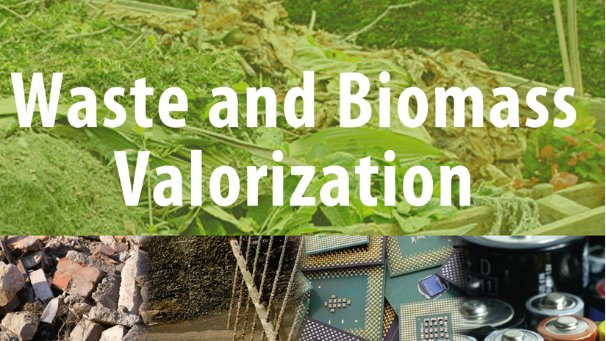威士忌蒸馏废物作为具有神经保护潜力的抗氧化和抗菌特性的可持续来源的价值
IF 2.8
4区 环境科学与生态学
Q3 ENVIRONMENTAL SCIENCES
引用次数: 0
摘要
摘要目的在威士忌蒸馏过程中产生大量的废物副产品,如壶啤酒,通常被用作牲畜饲料,但很大一部分仍然需要陆地和海洋处理。本文探讨了威士忌副产物作为抗氧化剂和抗菌剂的新潜力。方法采用FC法和DPPH法测定威士忌蒸馏废液中总酚含量和抗氧化潜力。用凝胶电泳评价其DNA保护性能。本文还对啤酒的细胞毒性、细胞保护作用及抑菌活性进行了研究。结果锅啤的抗氧化活性最强,在0.5 mg/mL浓度下可降低52%的DNA损伤。此外,啤酒在神经母细胞瘤细胞系中高达5mg /mL是无毒的,并且对两种氧化应激诱导剂(鱼藤酮和过氧化氢)的毒性作用保护高达1.25倍。锅啤对大肠杆菌和金黄色葡萄球菌也有较强的抑菌活性,最低抑菌浓度分别为25µg/mL和1.56µg/mL。这项工作首次证明了威士忌副产品作为抗氧化剂和抗菌剂的潜力,而对细胞没有不良影响,从而促进了循环经济。图形抽象本文章由计算机程序翻译,如有差异,请以英文原文为准。
Valorisation of Whisky Distillery Waste as a Sustainable Source of Antioxidant and Antibacterial Properties with Neuroprotective Potential
Abstract Purpose Waste by-products such as pot ale are abundantly produced during the whisky distillation process and are conventionally used as livestock feed, however a significant proportion continues to require land and sea disposal. Here, the novel potential of whisky by-products as antioxidant and antibacterial agents was investigated. Methods The total phenolic content and antioxidant potential of waste by-products from whisky distillation were evaluated using FC and DPPH assays. Their DNA protective properties were assessed with gel electrophoresis. The cytotoxicity and cell protective effects of pot ale, in addition to its antibacterial activity, were also studied in this work. Results Pot ale demonstrated the strongest antioxidant activity of the by-products tested and could reduce DNA damage by 52% at 0.5 mg/mL. Furthermore, pot ale was non-toxic in a neuroblastoma cell line up to 5 mg/mL and protected against the toxic effects of two inducers of oxidative stress (rotenone and hydrogen peroxide) by up to 1.25-fold. Pot ale also showed potent antibacterial activity against Escherichia coli and Staphylococcus aureus with the minimum inhibitory concentration of 25 µg/mL and 1.56 µg/mL respectively. Conclusion This work provides the first evidence of the potential of whisky by-products as antioxidants and antimicrobials with no adverse effects in cells, thereby promoting a circular economy. Graphical Abstract
求助全文
通过发布文献求助,成功后即可免费获取论文全文。
去求助
来源期刊

Waste and Biomass Valorization
ENVIRONMENTAL SCIENCES-
CiteScore
7.90
自引率
3.10%
发文量
311
审稿时长
4 months
期刊介绍:
Until the 1990s, technology was the main driver when dealing with waste and residues, the objective being the treatment of waste for (landfill) disposal, storage, and in some cases sorting. In the 1990s, depletion of raw materials and socio-economical concerns supported the direct recycling of waste and residues. However, the direct recycling approach is limited when waste/residues contain significant amounts of pollutants such as heavy metals and organics (VOC, PAH), and when the treatment process to remove/stabilize or destruct the pollutant generates emissions. Due to depletion of natural resources, increasing greenhouse emissions, and awareness of the need for sustainable development in terms of safely reusing waste and biomass, the transformation of waste/biomass to valuable materials and energy (i.e. valorization) is emerging as a strong trend
 求助内容:
求助内容: 应助结果提醒方式:
应助结果提醒方式:


